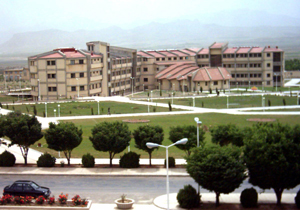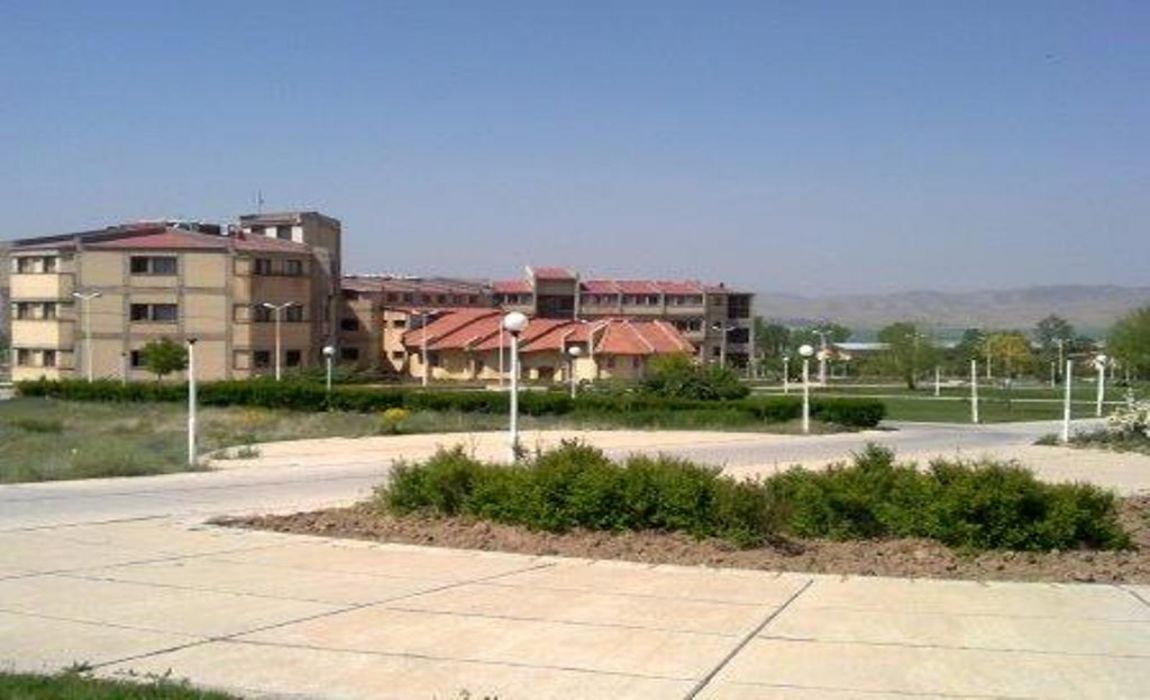What comes after a Ph.D.? Check out the data
By Maggie KuoJul. 24, 2017 , 5:15 PM
Ph.D. students may feel like it’s taking an extraordinarily long time to reach the day they submit their theses and move forward with their careers. The feeling is not unfounded: According to the most recent data from the National Science Foundation’s (NSF’s) Survey of Earned Doctorates (SED), those who received their degrees in science and engineering between July 2014 and June 2015 on average spent 5.2 to 6 years in their doctoral programs. Engineering students were the quickest, and training in psychology and the social sciences took the longest.
These numbers probably don’t come as a shock. But they’re notable because it’s the first time the SED has specifically tracked doctoral degree completion time—an important measure for individuals considering enrolling in a doctoral program, students currently pursuing their Ph.D.s, and those interested in addressing various scientific workforce and pipeline challenges. Previous years’ surveys have counted from the time that students entered any graduate program, which results in slightly longer times—which have actually dropped slightly over the last 20 years, as NSF’s report, published last month, highlights. (The data were released last December.) Whether this trend will hold true going forward and with the new, more precise doctoral completion time tracking could have implications for ongoing discussions about graduate training.
That’s important in part because of one number that is definitely on the rise: students completing doctorates. The 2015 class of nearly 41,300 new science and engineering Ph.D.s was the largest since NSF started collecting graduate data in 1957. The numbers have dipped and plateaued over that time, and the past 15 years mark the latest surge, with the most dramatic increases in the life sciences and engineering.
The rise in newly awarded degrees is matched by an overall increase in the number of Ph.D. recipients with definite postgraduate plans, which includes postdoc positions and other full-time jobs in and outside of academia. However, the percentage of new Ph.D. holders with concrete plans has been declining since peaking in the early 2000s, when approximately 75% of new graduates had definite plans. By 2015, that number dropped to roughly 60% for graduates in the life sciences, physical sciences, and engineering. Psychology and social sciences and math and computer science Ph.D.s weathered better, hovering at approximately 69%.
New math and computer science Ph.D.s also tended to do better than their colleagues in other disciplines when it came to salary, most notably for industry jobs but also to some extent for postdocs. With the continuing growth of the tech industry, these results probably aren’t particularly surprising, but the data may provide a useful reference for those who are considering their post-Ph.D. career direction. For comparison, humanities and arts Ph.D. holders’ average salaries in all employment sectors were similar to those for science and engineering postdocs.
The report also visualizes trends in doctorates awarded to underrepresented minority students and outcomes for international students. Check out the full report to dig into your own disciplines and questions.
Posted in: Survey of Earned DoctoratesCareer-related PolicyNon-disciplinary
DOI: 10.1126/science.caredit.a1700057






